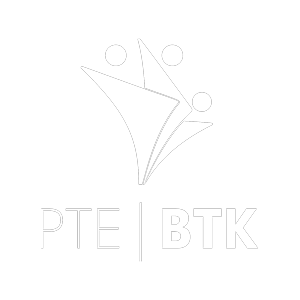The mission of the Society
The aim of the Society is to function as a professional-scientific community of students studying at PTE, as well as of students participating in teacher training, and of the university lecturers, tutors and PhD students supporting them, and to provide high quality professional training for the members of the Society by developing its own professional programme, helping to nurture the talents of outstanding teacher candidates, to play a public role, and to educate a professionally demanding teacher intellectual sensitive to social problems.
The community also provides an opportunity for multidisciplinary cooperation between university departments and faculties that also provide teacher qualifications. The Society is open to groups of students from any faculty or discipline (lecturers, PhD students and full-time students) or students who wish to pursue further research and other academic activities in the field of pedagogy related to their own discipline, in a community setting and with the professional support of the Society .
The professional work is carried out in the framework of a professional college in cooperation with the best teachers and researchers in the field. The Society also aims to build a community of prospective teachers who will contribute to the reputation of their profession and of PTE through their high level of knowledge.
Structure of the Society
The Society, which accepts members from both PTE BTK and TTK, is characterised by a specific form of organisation: it develops a cooperative network of micro-group communities organised in thematic areas, based on the principles of the cooperative paradigm. Within each micro-group, the training/professional programme is defined independently, with active student participation and active and personalised involvement of all participants being crucial. In practice, structured cooperation means that PTE teacher training faculty and associated PhD students announce topics that define the professional-scientific content of the micro-groups of common interest. The structure of the Society, as illustrated below, guarantees the structured management of a large community, an appropriate flow of information and efficient decision-making based on the principle of subsidiarity. This structure also allows for a number of micro-groups to be set up within the Society to meet its needs.
.png)
